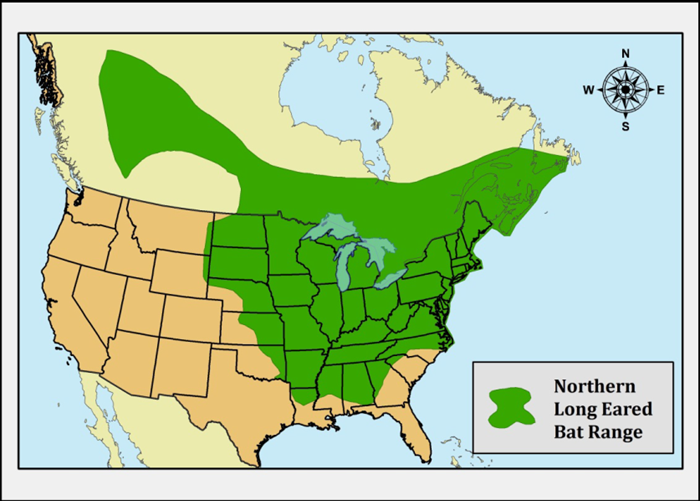Before You Chop Down That Tree: Northern Long-Eared Bat Reclassified as Endangered
Environmental Update
On November 30, 2022, the United States Fish and Wildlife Service (FWS) published a final rule reclassifying the northern long-eared bat under the Endangered Species Act (ESA) to “endangered” status. Though initially set to become effective on January 30, 2023, FWS has delayed the effective date until March 31, 2023. Once effective, this reclassification will impact projects in 37 states in the eastern and north-central United States.

Until the new rule becomes effective, regulated entities may continue to follow the existing law, which provides some safe harbors for compliance with the Endangered Species Act. Once the endangered status becomes effective, projects (1) that are located within the bat’s range and (2) that involve potential impacts to the bat or its habitat — including tree clearing, grading, leveling, burning, herbicide spraying, or other destruction or modification of habitat — will require careful planning to comply with the ESA.
For example, Section 7 of the ESA will require other permitting agencies to consult with the FWS before permitting actions that could jeopardize bat habitat. Additionally, Section 9 of the ESA generally prohibits any “take” of an endangered species — i.e., actions that directly harm endangered species or degrade its habitat. Thus, any “take” of the bat without an incidental take permit and an approved habitat conservation plan could be considered a violation of the ESA, subjecting parties to civil or criminal penalties.
The FWS has indicated that activity is “unlikely to result in a violation” if it involves “insignificant amounts of suitable forested/wooded habitat removal,” provided that activity occurs during the bat’s hibernation period and does not significantly impair its essential behavior patterns.
Activity could violate the ESA if it involves the “[u]nauthorized destruction or modification of suitable forested habitat” in a way that “significantly impair[s]” the species’ essential life functions, including breeding, foraging, sheltering, or commuting.
These determinations are likely subject to the discretion of the FWS.
We encourage clients to reach out to us if they believe they are engaged in projects that may be affected by the FWS’s listing decision or have any other questions or concerns about the agency’s enforcement of the new rule.

